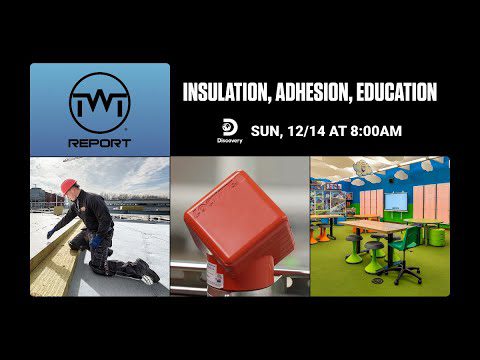The world’s first autonomous humanoid robot soccer competition recently ended in a thrilling championship match. Bejing hosted the final match of the ROBO League, with THU Robotics from Tsinghua University beating the Mountain Sea team from China Agricultural University.

This was the inaugural test match for the 2025 World Humanoid Robot Sports Games, which, according to CCTV News, was the first fully autonomous AI robot soccer competition.
Dou Jing, executive director of the tournament organizing committee, told the Global Times, “This is the first fully autonomous AI robot football match in China. It represents a combination of technological innovation and industrial application, as well as an important window for bringing robots into public life and real-world scenarios.”
Humanoid Robot Soccer Tournament
While the humanoid robot tournament highlighted a unique innovation, it wasn’t flawless. Organizers expressed current limitations in what robots can do. For example, tournament organizers say they faced challenges with dynamic obstacle avoidance, which led to frequent collisions during games. In a normal soccer match, that would be a foul. However, the rules were adjusted to let non-malicious collisions slide.
Doing so enhanced the spectator appeal and provided insight for future rules and technical refinements. Cheng Hao, founder of the official robot supplier Booster Robotics, told the Global Times that the competition achieved two technical breakthroughs. First, the participating robots operated entirely on AI, including autonomous fall recovery. Second, an optimized referee system reduced interruptions, boosted the flow, and intensified the games.
Cheng compares the current robot soccer performance to that of five—to six-year-olds playing the sport, with limited goals and comical stumbling and falling. However, he emphasizes the rapid progression. Robotics competitions, such as this tournament and the world’s first humanoid robot half-marathon, are prime examples of the technology and industry growth.
“We expect exponential growth in the coming years, with robots surpassing youth-level teams and eventually challenging adult teams,” Cheng said.







